In my sketch BF is part of given segment (F is not known yet), C is center of given arc, B is point of rough conjugation. c is line, parallel to BF, |GF|=|GH| = r - radius of small arc.
To make smooth conjugation, tangent to small arc in point F should be collinear with BF direction, so GF is perpendicular to BF, and tangents to both arcs in point H should coincide - so radius-vectors CH and GH lie on the same line.

Let unit direction vector of BF segment is ud=(dx,dy), so unit normal is un=(-dy, dx). (Negate normal for arcs at another side of BF)
Center of small arc G has coordinates (where t is unknown parameter - length of BF)
G = B + ud * t + un * r
and distance GC is difference of arcs radii, so
|G - C| = |R - r|
or in coordinates:
(B.x + dx * t - dy * r - C.x)^2 + (B.y + dy * t + dx * r - C.y)^2 = (R - r)^2
Open parentheses, solve quadratic equation for unknown t. If solutions exist, choose right root, and you'll get coordinates of center of conjugation arc G and its ends
quick check1:
Line Y=5, big arc with R=5, we want small arc with r=2
B=(5,5)
ud=(-1,0)
un=(0,-1)
(5-t)^2 + (5-2-5)^2 = (5-2)^2
solution gives
t = 5 +/- Sqrt(5), the second root is valid
E = (5 - (5 - Sqrt(5)), 3) = (2.23, 3)
Resulting smooth arc is c-f

quick check2:
Line Y=5, big arc with R=5, we want small arc with r=2
B=(5,5)
big arc center (H here) = (1,2)
ud=(-1,0)
un=(0,-1)
(4-t)^2 + (5-2-2)^2 = (5-2)^2
solution gives
t = 4 +/- Sqrt(8), the second root is valid
E = (5 - (4 - Sqrt(8)), 3) = (3.83, 3)
Resulting smooth arc is F-G
(In both cases larger root corresponds to conjugation with complementary part of big arc)





